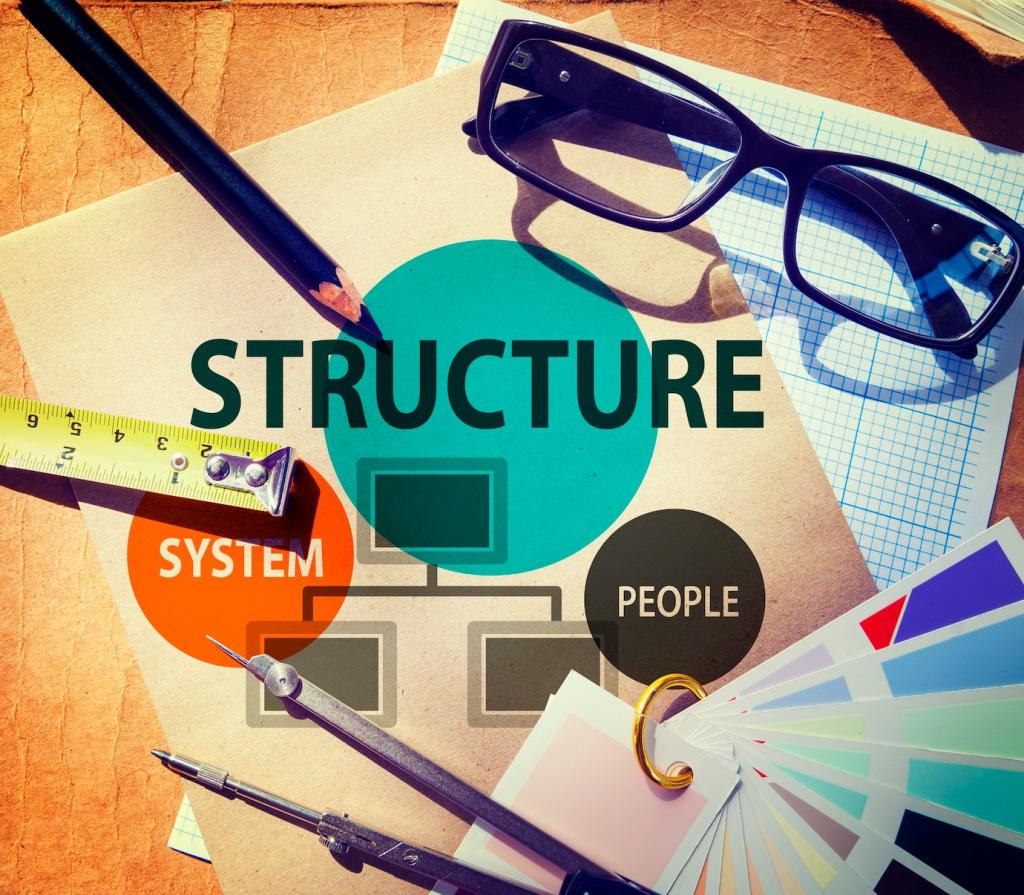Measuring Impact and Proving Value
Capture more than completion: track dwell time, path choices, error patterns, and redo counts. Send events via xAPI to a learning record store, then connect insights to KPIs. Focus on metrics that align with real performance, not vanity numbers that distract stakeholders.
Measuring Impact and Proving Value
Design assessments that mirror authentic tasks and compare outcomes before and after immersive practice. Look for fewer escalations, faster task times, and improved judgment under pressure. Interview managers, gather artifacts, and triangulate data to demonstrate credible transfer and justify continued investment.
Measuring Impact and Proving Value
When feasible, pilot with matched groups. Keep content goals constant, vary modality, and pre-register success criteria. Small, rapid experiments provide defensible evidence. Share your results with peers here, fostering a community of practice that advances the entire field together.
Measuring Impact and Proving Value
Lorem ipsum dolor sit amet, consectetur adipiscing elit. Ut elit tellus, luctus nec ullamcorper mattis, pulvinar dapibus leo.







